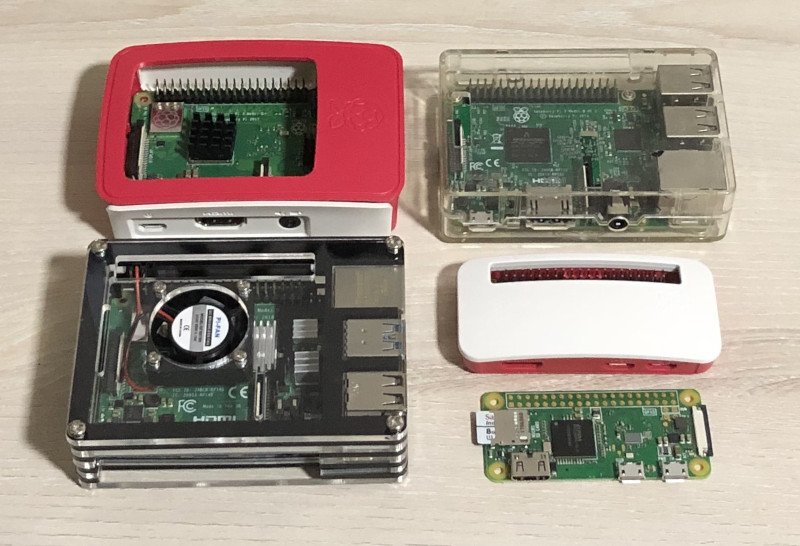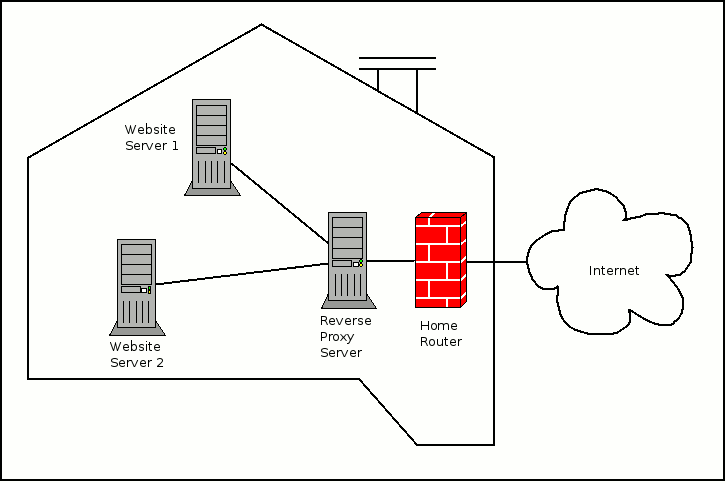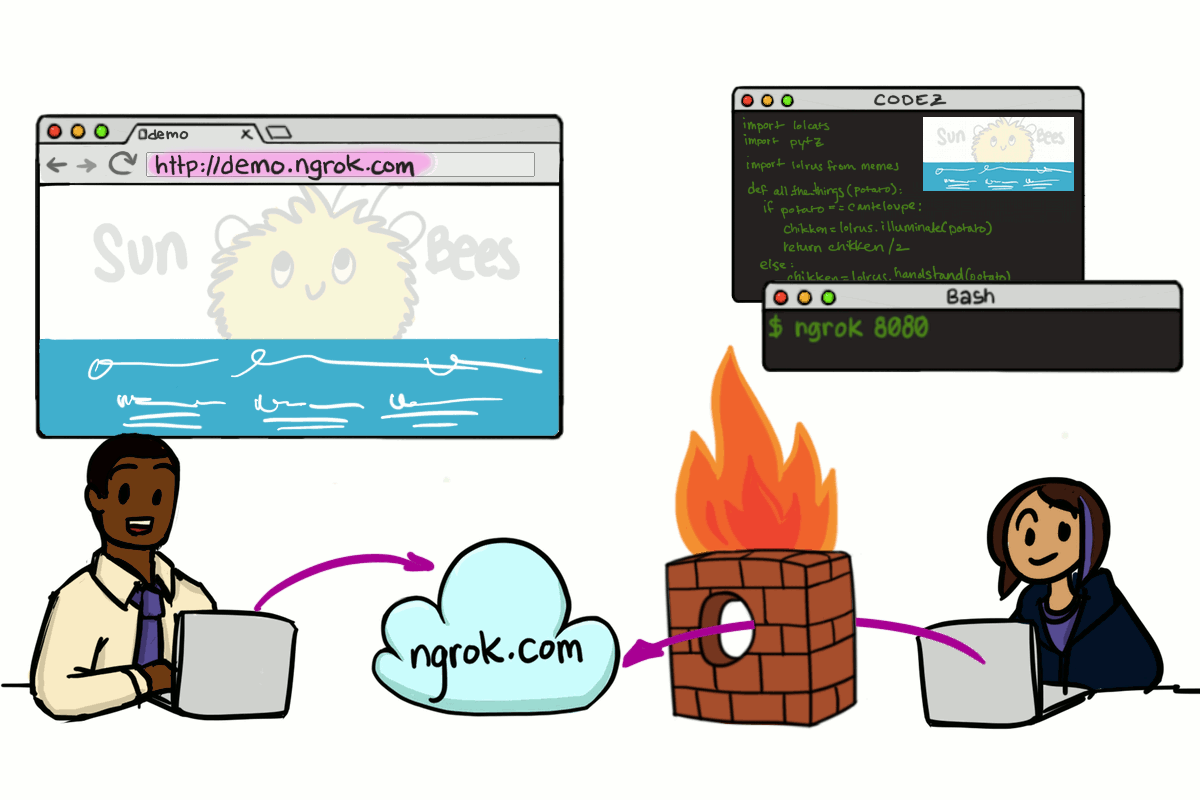How to use your Raspberry Pi for Python development
Since its inception, the Raspberry Pi had progressed by leaps and bounds. Indeed, one of the reasons why we want to get a Raspberry Pi is its versatility. Apart from the huge selection of hardware, there are many Python libraries for you to build Raspberry Pi applications.
If you want to build something out of a Raspberry Pi, then you will benefit from setting up one for Python development.
Even if you do not build Raspberry Pi projects for a living, setting up a Raspberry Pi Python developer machine can be useful. For example, you may be a Solutions Engineer who build proof of concepts for demo purposes. In this case, you can build your demos with Python and run them on your Raspberry Pi.
If you are thinking of using Raspberry Pi for Python development, then this post is a reference for you.

 In such a case, we will need our router to hold a public IP address and perform port forwarding for our home servers.
In such a case, we will need our router to hold a public IP address and perform port forwarding for our home servers.

Follow us